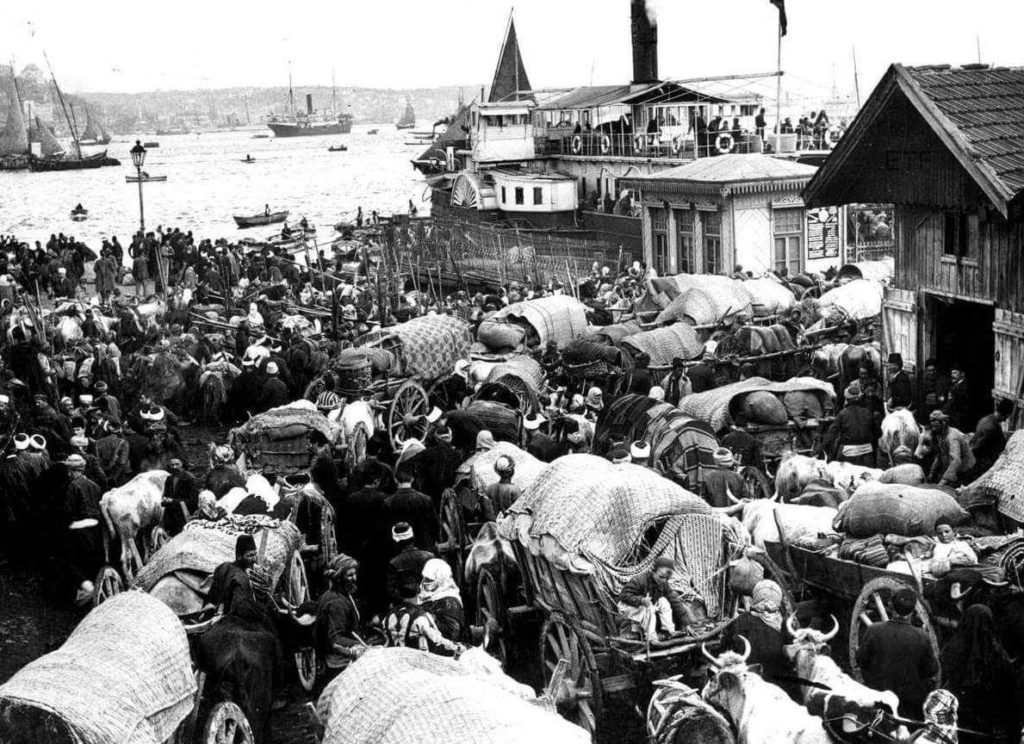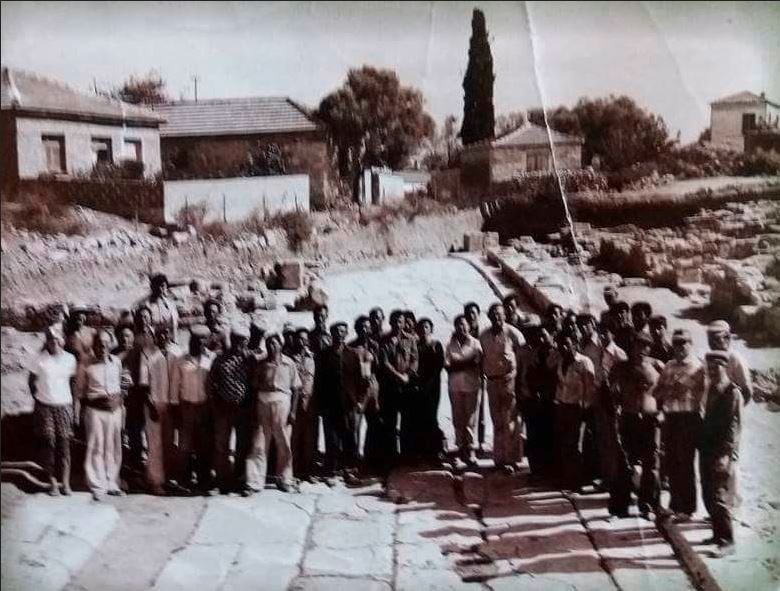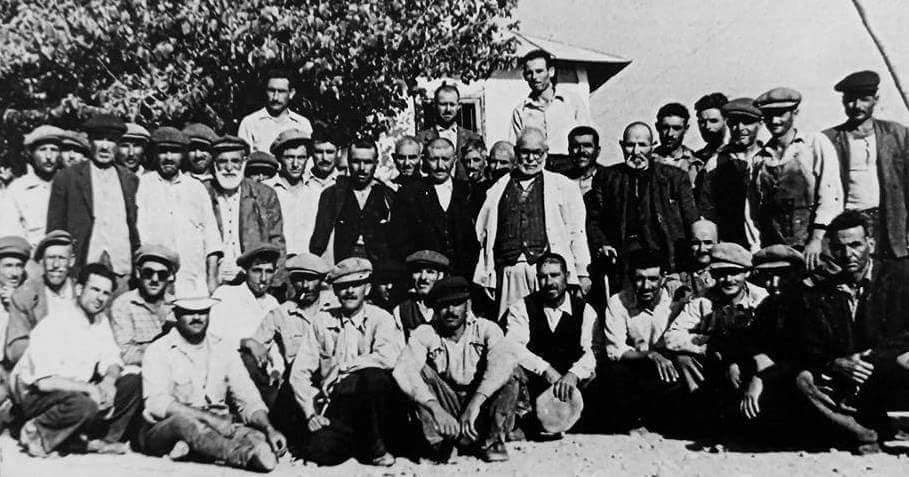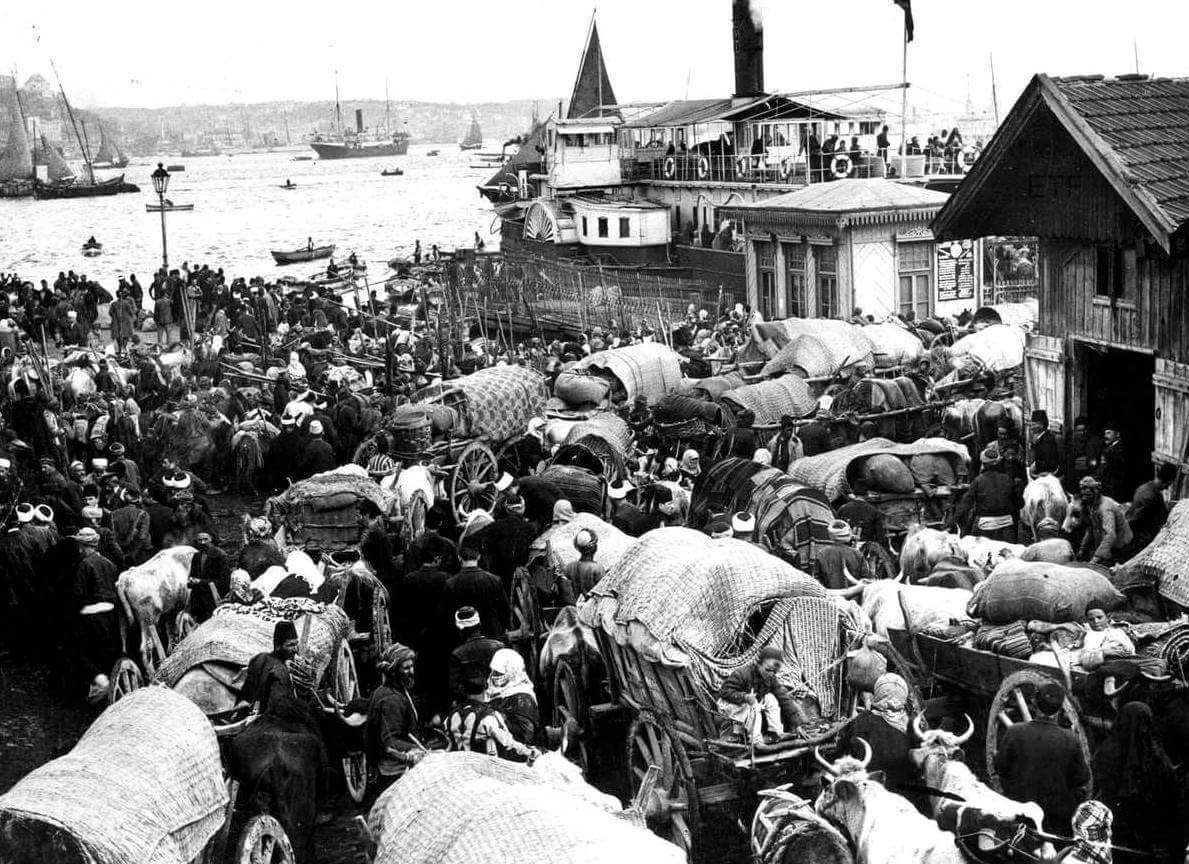By Glenn Maffia
As I have previously explained the discipline of archaeology entails a destructive element.
It is inevitable that by removing artefacts from the ground, level by level, from its long-interred resting place the most cautious professional shall endeavour to plot and log every detail. It is a laborious task, but one, nonetheless, that is imperative. Unlike the treasure hunters who have no qualms about blustering in with a JCB excavator, leaving in their wake utter carnage.
Though now I feel we are, ironically, facing another and an altogether different dilemma in revealing the hidden secrets of ancient Didyma. I shall not name names or individual establishments for that may create friction which is unnecessary. Civil conversation is more amiable and amicable.
It all starts with the family
As is obvious if one walks around with their eyes open it is crystal clear that families in the Mediterranean basin are inordinately close. It is probably due to climate, which enables the proliferation of public meeting places and open spaces around the houses dedicated to outdoor dining.
Whereas, in Northern Europe the people are naturally more insular due to the inclement weather which, too often, is not conducive to such exuberant displays. Of course, we remain close, but not inordinately so.
Whatever the reason, the prevailing mood in southern regions is to encompass a vast extended family. I believed this closeness was in regress, but no, scratch the surface and it shall re-emerge. One may require a behaviourist to articulate this point with more clarity than I.
The crux of my point is that a number of young intelligent professional people here in Didim are articulating that the dilapidated old Greek village abodes standing above the archaeological site surrounding the Temple are also ‘listed buildings’ upon the Preservation Order issued in 1976. I can testify to that point.
Simply, they argue, these structures should be refurbished in favour of the possible Graeco-Roman artefacts residing below, thus entombing possibly historical evidence in the process. I could not countenance such thoughts.
Admittedly there are redeeming features in a few of the dilapidated houses, such as building techniques, the modest size of the living spaces, design etc. These clearly illustrate the inhabitants’ plight.

An image from the Exchange of Populations, early 1920′
Also, there appears to be a rather touching tacit agreement whereby both the Muslims and Christians vowed (heading each to opposite sides of the Aegean) to care for the respective villages they were effectively exchanging in the hope that they would soon return. Such be the heartbreak and turmoil of the ‘Exchange of Populations’ in the early 1920s and onwards.
Both sets of people frankly did not wish to move home, and both wanted to return as quickly as possible to “their” village.
Greek citizens do arrive here each summer to visit or search for an ‘ancestral’ home where their forefathers once resided. Likewise, I know Didim residents who can point out the crumbled shell of a building and pronounce, “My grandfather or grandmother (or great-grandparents) was born there”.

Workers employed by the German excavation team
Therefore, the family ties argument remains an emotionally strong one, even though it is probably coloured by ‘rose-tinted spectacles’.
Heads or tails?
I do question the flip side of this coin though. For it reveals another, rather practical, trait of Mediterranean consciousness: the accruing of wealth. Understandable, as the economies of Southern Europe are so often in turmoil.
After all the histrionics about family lineage it appears these young professional people now desire to either restore, very difficult without the level of original craftsmanship, or, upgrade this desolate landscape into a popular tourist destination. Don’t we already have this in every corner of this ever-expanding concrete metropolis? Isn’t that a little akin to ‘selling your grandmother’?

The gentlemen of the village
Am I the only person to have noticed the proliferation of ‘new builds’ arising around the Temple during the temporary cessation of the ‘Habitation Certificate’ some years back?
Strange that many of these habitats re-emerged as café/bars, tea or coffee shops or trinket shops. There was also a distinct lack of archaeology being performed, which never filled me with confidence.
Upon one of my many strolls around the back roads of the village I was surprised to witness, at this particular cessation time, a flurry of building activity. There are strict regulations about what one can and cannot do with an original structure. I witnessed entirely new, palatial, houses arising from the earth. Phoenix-like.
Previously, I had been informed that one could not even hammer a nail into a wall, now I was seeing luxury villas appearing! At least they had the good grace to clad them in stone. Some of them Graeco-Roman cut stone taken from the copious amounts of ancient artefacts just lying about. The legality of some of these buildings are, to say the least, tenuous.
I have argued my singular point with honesty and, I hope, clarity. The entire village rests upon a verified, unique and vastly important ancient site, which must take precedence over all else.
